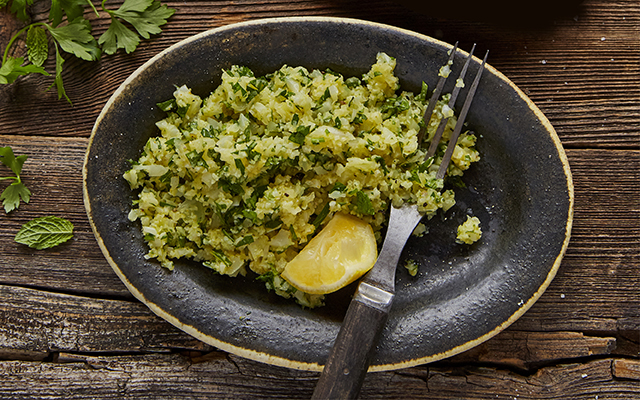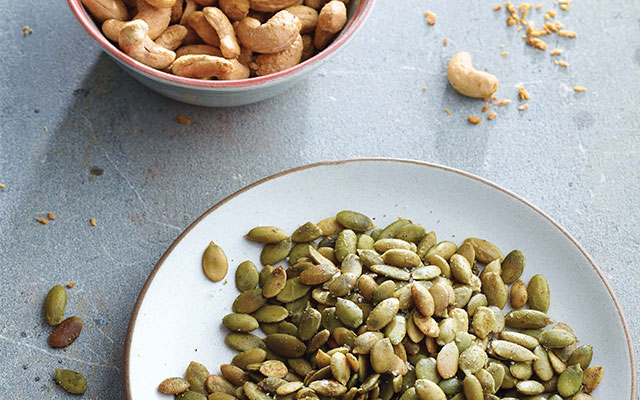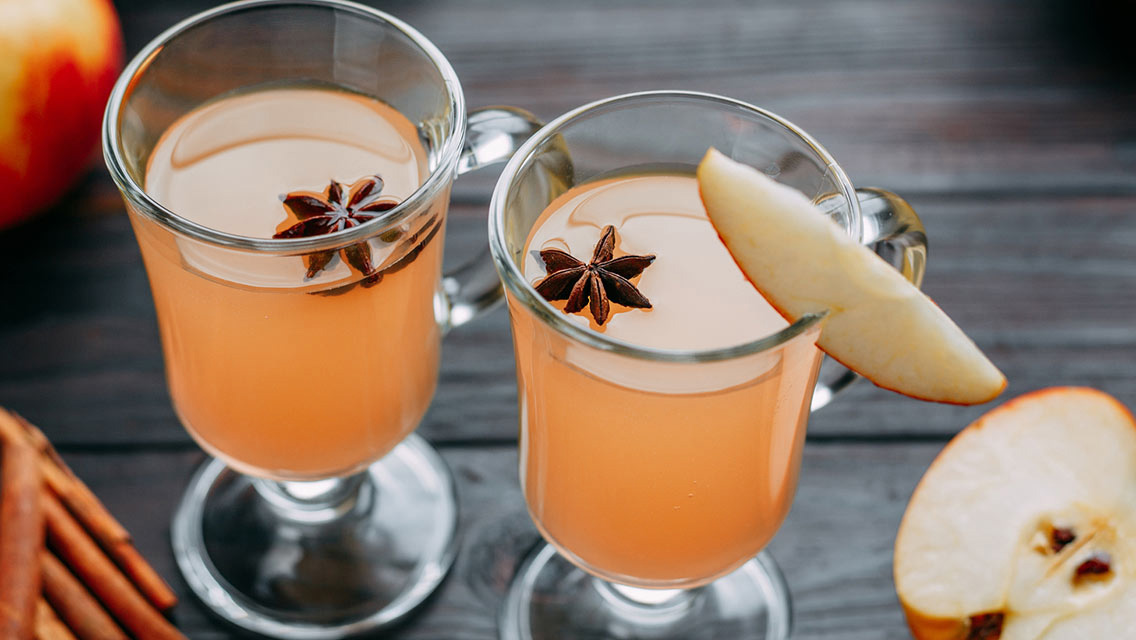People often confuse coriander with cilantro, because they come from the same plant. But there’s a big difference. Cilantro, an herb, comes from the strongly scented leaves of the coriander plant. And while it is tasty, it’s not nearly as healthful as the spice coriander, which comes from the plant’s sweet, nutty seeds. Two of the volatile oils contained in coriander seed (linalool and geranyl acetate) are powerful, cell-protecting antioxidants. They’re probably behind many of coriander’s curative powers, including its ability to soothe digestive ailments.
In a study reported in Digestive Diseases and Sciences, gastroenterologists studied 32 people with irritable bowel syndrome (IBS), a chronic digestive complaint that afflicts 10 to 20 percent of Americans. It includes symptoms such as abdominal pain, cramping and bloating, along with diarrhea and constipation. The researchers divided the subjects up into two groups: One group received a preparation containing coriander; the other received a placebo. After eight weeks, those taking the coriander preparation had three times more improvement in abdominal pain and discomfort than the placebo group.
Why? Researchers have found that coriander works like an antispasmodic drug, relaxing the contracted digestive muscles that cause the discomfort of IBS and other “overactive gut” disorders. That same relaxing effect — working on arteries — may be one reason why the spice can help lower blood pressure, researchers suggest.
Coriander may also help prevent and treat:
Bloating, cholesterol problems, colic, colon cancer, type 2 diabetes, diarrhea, eczema, flatulence, high blood pressure, IBS, indigestion, insomnia, lead poisoning, liver disease, psoriasis, rosacea, stomachache, ulcer, vaginal yeast infection.
How to buy coriander:
Coriander seeds come in two main varieties: European coriander — which accounts for the majority of the U.S. market — is spherical in shape and more flavorful because of its higher concentration of volatile oils. Indian coriander is more egg-shaped and contains some oils not found in European coriander, resulting in a more lemony scent. Both are pretty interchangeable in cooking. Coriander is also sold powdered, but it’s best to buy whole seeds, as the oils dissipate after a few months once ground.
Cooking tips:
- Mix coriander seeds with peppercorns in your peppermill.
- Coarsely grind coriander and rub it into meats or fish before cooking.
- Add whole or ground seeds to stews, casseroles, marinades, vinaigrettes and pickled dishes.
- Make a classic Moroccan rub: Mix ground coriander with garlic, butter and paprika, and rub it on lamb before roasting.
Discover the transformative power of herbs and spices as nature’s healing wonders. Dive deeper into their remarkable health properties by exploring “5 Healing Spices,” from which this article was excerpted.





This Post Has 0 Comments